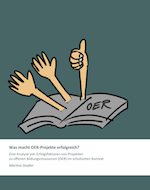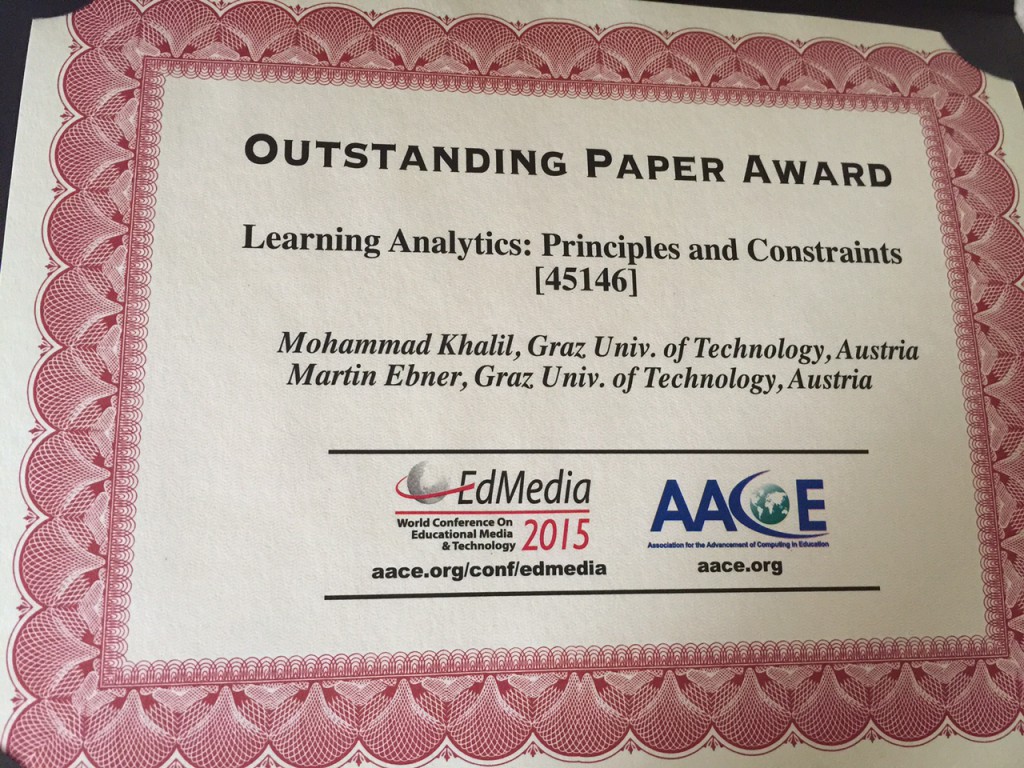Our publication at this year ED-Media 2015 conference „Impacts of Interactions in Learning-Videos: A Subjective and Objective Analysis“ is now online available. You can find the described information system LIVE right here.
Abstract:
It is clear that a system known as selective attention is the most crucial resource for human learning (Heinze et al. 1994). Due to this fact a web based information system is developed to support the attention of the watchers of a learning video. This is done by enriching the video with different forms of interactions. Among others there are interactions presenting multiple-choice questions at predefined positions in the video as well as randomly occurring interactions displaying general questions, which are not content related. To gain a basic plan which points out how to distribute the interactions over the video the usage of the information system at a lecture is analyzed. For that on the one hand some feedback of the users is provided and on the other hand an objective analysis of the results of the multiple-choice questions is done by evaluating their time of occurrence in the video.
Reference: Wachtler, J., Ebner, M. (2015). Impacts of Interactions in Learning-Videos: A Subjective and Objective Analysis. In Proceedings of World Conference on Educational Multimedia, Hypermedia and Telecommunications 2015. pp. 1205-1213 Chesapeake, VA: AACE.




